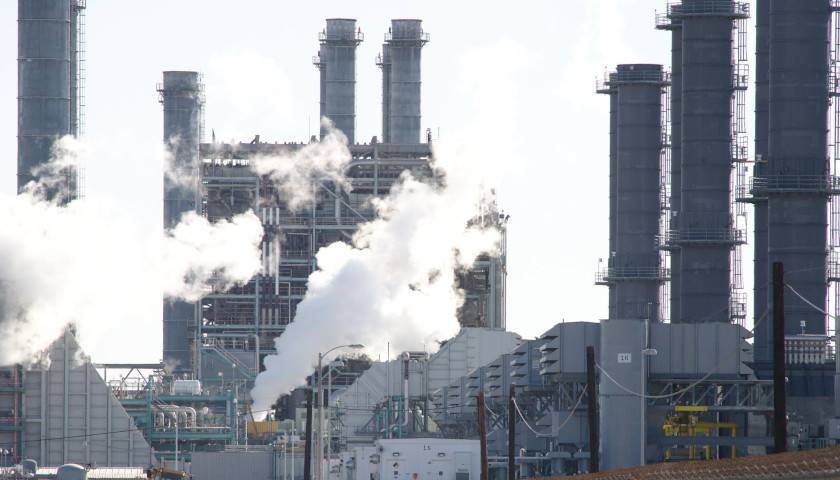by Kevin Killough
A new study finds that natural gas is the most effective energy source meeting growing energy demands affordably and reliably, while balancing environmental and human impact.
The “Grading the Grid” study by the Mackinac Center for Public Policy, a pro-free market nonprofit, and Northwood University rates natural gas, coal, petroleum, nuclear, hydroelectric, wind, solar and geothermal generation sources on their reliability, environmental and human impact, cost, innovation and market feasibility.
Natural gas got an “A” grade, followed by nuclear, which got a “B+”. Wind and solar energy came in last, each receiving “F” grades, according to the study.
Natural gas, the study explains, is best suited to integrate with the intermittency inherent with wind and solar power, which only produce electricity under the weather conditions.
“Gas provides a reliable, affordable, and increasingly clean source of energy in both traditional and ‘carbon-constrained’ applications,” the study stated.
The study rated nuclear as the “best of all worlds” for its safety, abundance and reliability, as well as its ability to deliver electricity without carbon emissions.
The main challenges nuclear faces, according to the report, is its upfront costs and concerns about storage of nuclear waste. The study notes that this waste has been stored at reactor sites in dry casks that withstand a direct hit by missiles traveling 600 mph. The spent fuel may also be a fuel source for reactors currently under development.
Coal rated high in the study for abundance, affordability and reliability, but it lost points for its high levels of pollutant emissions and carbon dioxide. With U.S. gas producers hitting record-high production that drives down gas prices, the study notes, coal is facing stiff competition.
Hydroelectric received a “B-” grade. While it produces reliable energy without carbon emissions, the expansive nature of hydroelectric facilities make permitting new developments in the U.S. unlikely, which limits its potential to meet more demand.
Wind and solar don’t produce carbon dioxide emissions by themselves, but the study rates renewable energy low for other environmental and human impacts.
Because wind and solar energy require large amounts of land to produce the same amount of energy as other forms, they study explains, there are environmental impacts from the space they take up, which includes harms to wildlife.
The study also calls into question the ability of renewable energy to reduce emissions. Since they require backup from reliable sources, which is often natural gas, they aren’t drivers of major reductions.
While the fuel for wind and solar is free, the study states there are other costs associated with addressing their inherent intermittency, which make them the most expensive forms of energy of those the study examined, and the least reliable.
The study concludes that policies pursuing a rapid transition away from conventional, reliable sources will have a negative impact on human health and the well-being of an energy-abundant society.
“Advocates for wind and solar hold them up as essential to environmental and climate health. However, rushing a systemwide transition to these untested and unreliable energy options puts human lives and the North American economy at risk,” the study concludes.
– – –
Kevin Killough is a reporter at Just the News.
Photo “Natural Gas Power Plant” by John Sullivan CCNC2.0.




